Everything You Need to Know About Liquid Nitrogen (LN2)
Liquid nitrogen (LN2) is a cryogenic liquid produced by cooling nitrogen gas to its liquid state. It plays a crucial role in a wide range of industries, from food processing to medical applications. This article explores the properties, production process, applications, and safety precautions of liquid nitrogen.
What is Liquid Nitrogen?
Liquid nitrogen is nitrogen gas that has been cooled to a liquid state at extremely low temperatures. It is colorless, odorless, and non-toxic. At room temperature, nitrogen exists as a gas and makes up about 78% of the Earth’s atmosphere. To convert it into a liquid, nitrogen must be cooled to below its boiling point of -196°C (-321°F).
2. Physical & Chemical Properties of Liquid Nitrogen
- Boiling Point: -196°C (-321°F)
- State: Colorless, odorless, and non-toxic
- Inertness: Chemically inert at ambient temperatures, making it suitable for many industrial applications
- Density: Liquid nitrogen is approximately 0.808 g/cm³ at its boiling point
- Vapor Density: Heavier than air, which makes it accumulate at low points if not ventilated properly
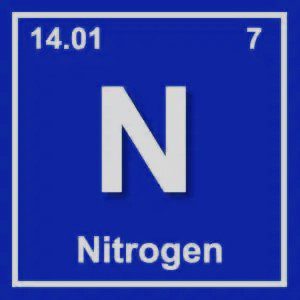
How is Liquid Nitrogen Made?
Liquid nitrogen is primarily produced by air separation and liquefaction. The process starts with the compression of air, followed by cooling to extremely low temperatures, causing the nitrogen to condense into liquid form. Here’s a step-by-step breakdown:
- Air Separation: Air, composed of 78% nitrogen and 21% oxygen, is first separated into its component gases.
- Liquefaction: Nitrogen gas is cooled to -196°C, turning it into liquid nitrogen.
- Storage: Liquid nitrogen is stored in specially designed insulated containers, such as Dewar flasks, which provide excellent thermal insulation to keep it at cryogenic temperatures.
Storage & Supply Models
- Dewars: Small-scale storage vessels used for laboratory or medical applications.
- Cylinders: Pre-filled liquid nitrogen cylinders, ideal for small volume needs.
- MicroBulk & Bulk Tanks: Larger, refillable cryogenic vessels used for high-volume applications, delivered directly to businesses or industries in need of constant liquid nitrogen supply.

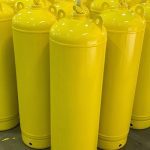
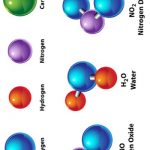
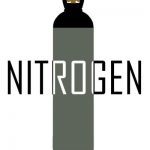
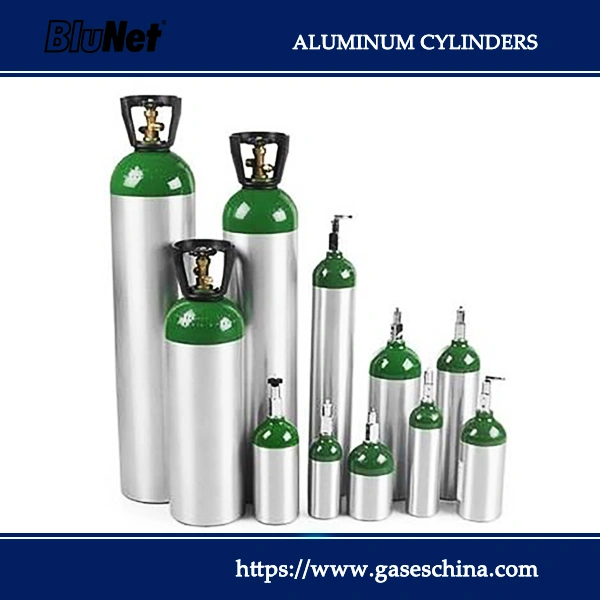
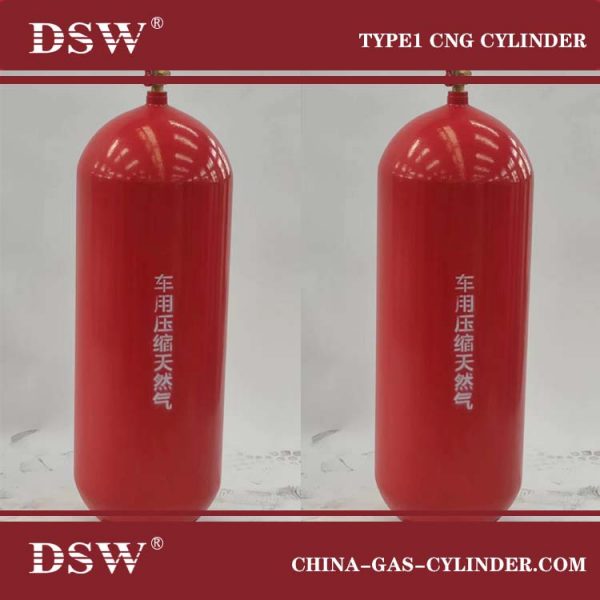
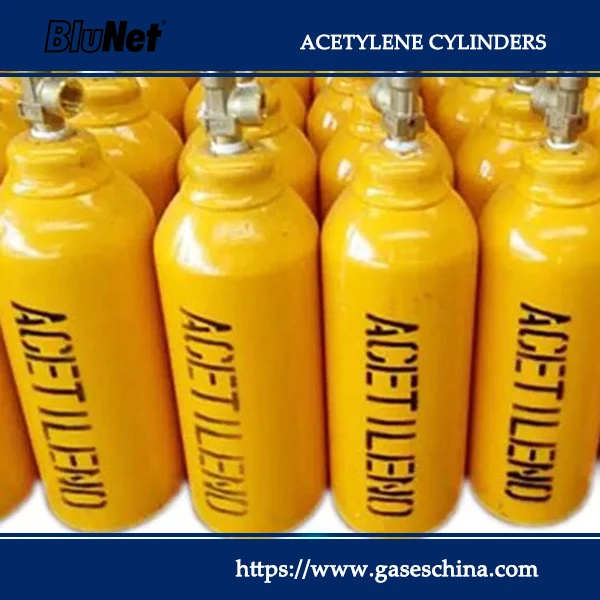
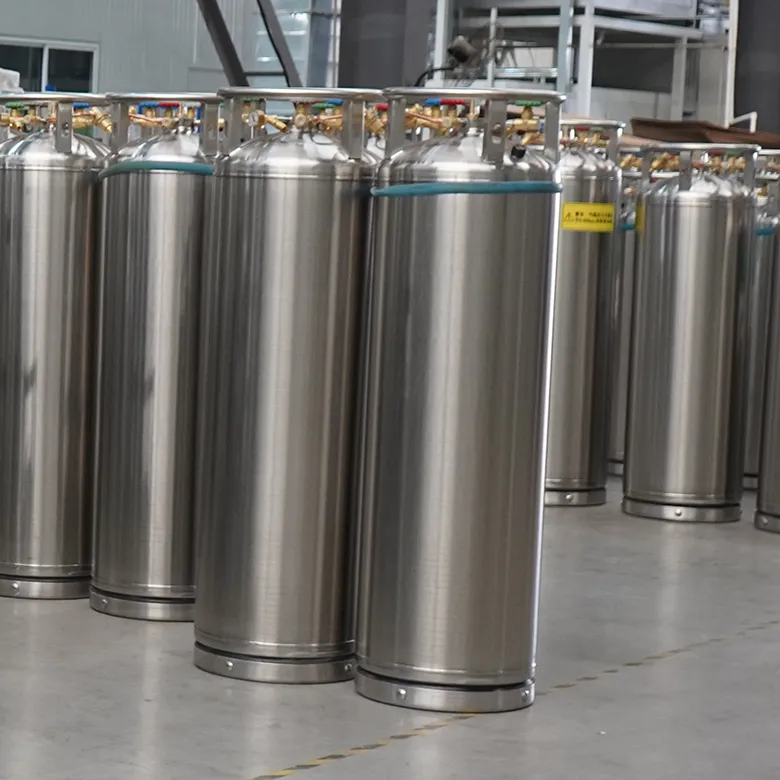
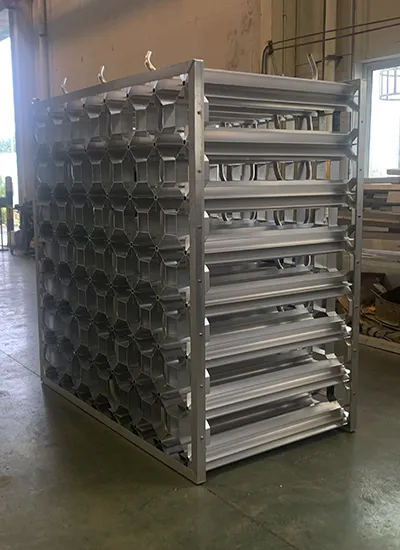
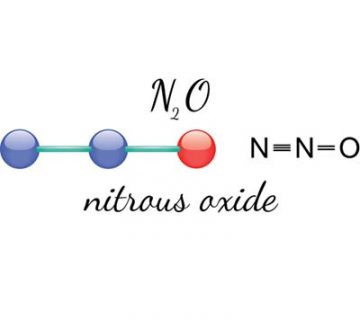
No comment